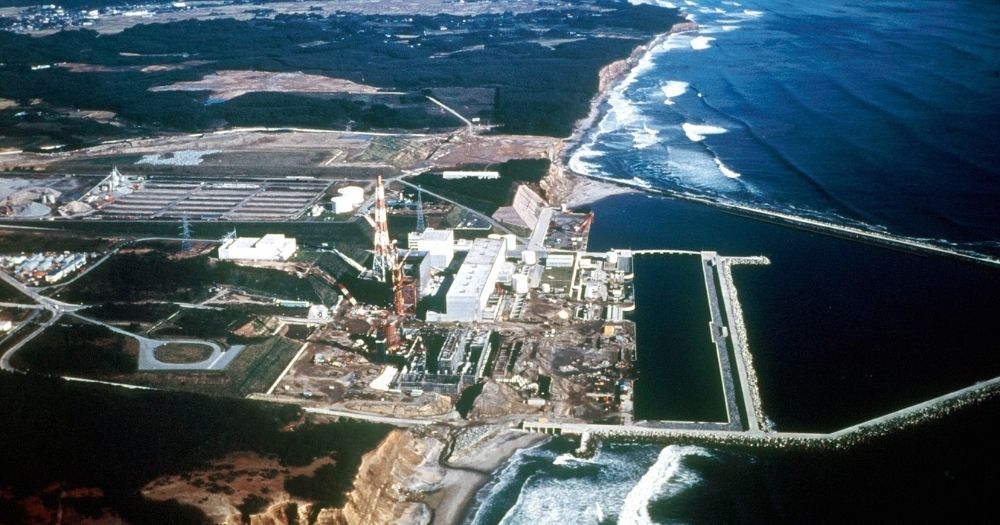Japan’s government has reportedly made the decision to release more than 1 million tonnes of contaminated water from the Fukushima Daiichi nuclear power plant into the sea, according to Japanese media.
Greenpeace claims Fukushima water could potentially damage human DNA
However, a Greenpeace report released in October warned that the water to be released into the sea from the disabled nuclear power plant could have the potential to damage human DNA, a Greenpeace report warned.
The environmental group claims that the water contains "dangerous" levels of the radioactive isotope carbon-14, in addition to quantities of tritium that have already been widely reported, and that the Japanese government failed to explain the presence of the particles in the contaminated water to Japanese citizens and international bodies.
"The radioactive isotope carbon-14 has a half life of 5,370 years," the report said.
As a result it persists in the environment over thousands of years and is incorporated into all living matter. It concentrates in fish at a level thousands of times higher than tritium. Carbon-14 is especially important as a major contributor to collective human radiation dose and has the potential to damage human DNA."
The report also claimed that the Japanese government and Tokyo Electric Power Company (TEPCO), which owns the disabled nuclear power plants, has been "covering up the scale of the crisis" since the Fukushima disaster happened in 2011.
Space running out in 2 years
Pressure to decide the water’s fate has been building.
Storage space on the nuclear plant site is running out.
The plant’s operator, Tokyo Electric Power (Tepco), estimates that all of the available tanks will be full by the summer of 2022.
Official decision not made yet
An official decision could come by the end of the month, ending years of debate over what to do with the water.
The other options mooted included evaporation or the construction of more storage tanks at other sites.
However, the Japanese government has indicated for a while now that it prefers releasing the contaminated water into the nearby Pacific
Japanese media reports said the controversial plan to release the water would begin in 2022 at the earliest.
The release would take decades to complete.
Totally unrelated but follow and listen to our podcast here
Top image via Wikipedia
If you like what you read, follow us on Facebook, Instagram, Twitter and Telegram to get the latest updates.
